More Women in Congress
More stories from turtle12
Since 1917, a total of 330 women have served as U.S representatives, delegates and senators. 2018 has been an amazing year for women. Especially in Congress. At least 123 women will be in the next congress. All coming with different places, religions, races and some women even have experience in the military and know what it takes to be a leader.
38 of the 108 women serving in Congress in 2018 are women of color: 18 are black, 10 Latina, 9 Asian American and 1 multiracial. The Midterms of 2018 was a big night for first:
- First 2 Muslim women elected to Congress
- First 2 Native American women elected to Congress
- First female governors in Guam, SD, ME
- First black women elected to Congress for MA, CT
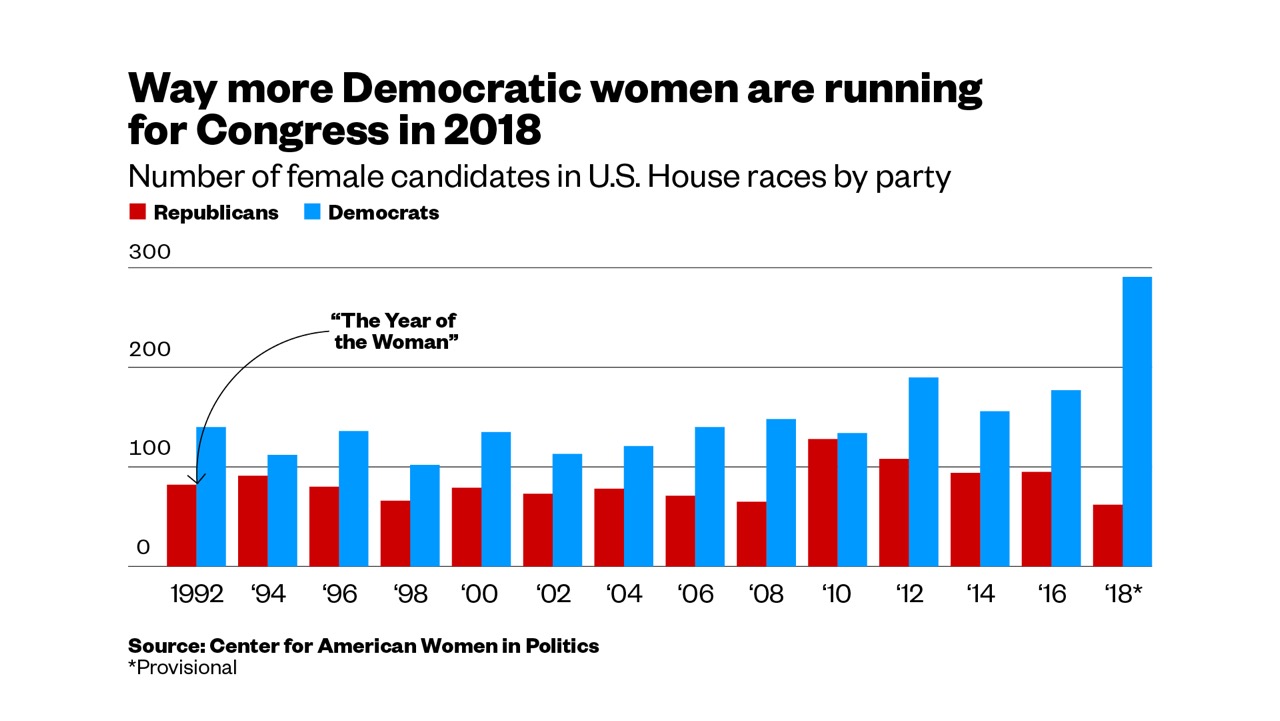
So many women from different races and religion have been chosen to represent their people. Many states have women running for the first time in their state which is good to see. Change is always nice and it’s a good reminder that being different is unique. Women in other states are just now having females being able to represent them in Congress. Even women of different religions are running to make a change.
Only 19 percent of the women elected in congress will be republican. So why is that? Being tapped or recruited to run for office matters — especially among potential women candidates. In a survey experiment published in 2016, professors at Brigham Young University found that even if a community leader encouraged Republican women to run for office, they were not any more likely to run. There is also some evidence that the pool of potentially successful Democratic women candidates is larger than the pool of Republican ones. Most of the people who did were men. The women who met the criteria tended to identify as Democrats. This means women advocacy groups that are Democratic leaning,like Emily’s List, are more likely to be supported by donors than Republican groups, like Susan B. Anthony’s List. What’s more, these kinds of groups are more likely to be better integrated into the Democratic Party’s political culture.
The study found that one possible reason that Republicans don’t give as much to these kinds of groups is because they haven’t heard of them. If the Republican Party wants more women candidates, one approach might be to expand the candidate pool by imagining the characteristics that candidates have traditionally had. The GOP could also encourage women to run with a more catered message. Finally, elevating the status of groups that focus on electing women could help GOP women receive more money from party insiders. A study from 2014 found that women are more active in politics when they are represented by women. So if Republicans prioritize women candidates, the GOP could not only increase their female representation in Congress, but also maybe encourage women who are leaving the GOP to stay.
White men are in the minority in the House Democratic candidate pool, a POLITICO analysis shows. The numbers are even starker in the districts without Democratic incumbents. In the 125 districts where a Democratic incumbent is leaving office or a Republican seat is at risk of flipping, according to POLITICO’s race ratings, more than half the nominees are women. Their success in primaries could herald a major shift in Congress, which is majority-white, majority-male and still mostly made up of former state legislators who climbed the political ladder to Washington. I believe it’s a beautiful change to see women and different minorities be able to be represented. It’s great to see minorities finally be able to get represented and women being able to represent them. I believe this is only the start and we will continue to move forward.
From the First Federal Congress in 1789 to Rankin’s victory in 1916, nearly 7,000 Representatives had served in the U.S. House of Representatives, and all were men.Back home, Montanans knew Rankin well as an advocate for woman suffrage, but official Washington and the U.S. public viewed her as a curiosity.
Rebecca Latimer Felton of Georgia is greeted by prominent political women in Washington, D.C. Felton, the first woman to serve in the U.S. Senate, was appointed for a day in November 1922. Rankin was confident that many other women would follow in her footsteps. About this object Jeannette Rankin’s promotion of women’s rights extended to filling the visitor’s galleries with supporters on important occasions. For an expected vote on the suffrage amendment on June 6, 1917, she provided this gallery pass to Kentucky suffrage leader Alice White. As Rankin’s career suggests, the larger story of women in Congress has not solely been one of steady progress and triumphant victories.Institutional and societal obstacles complicated women’s participation in national politics.
Women have made an impact on congress this year. I believe women are the change our country needs. It’s amazing to see how much our country has changed. Before women weren’t able to even vote, now they will be able to run congress. It’s beautiful to be in the era of change.
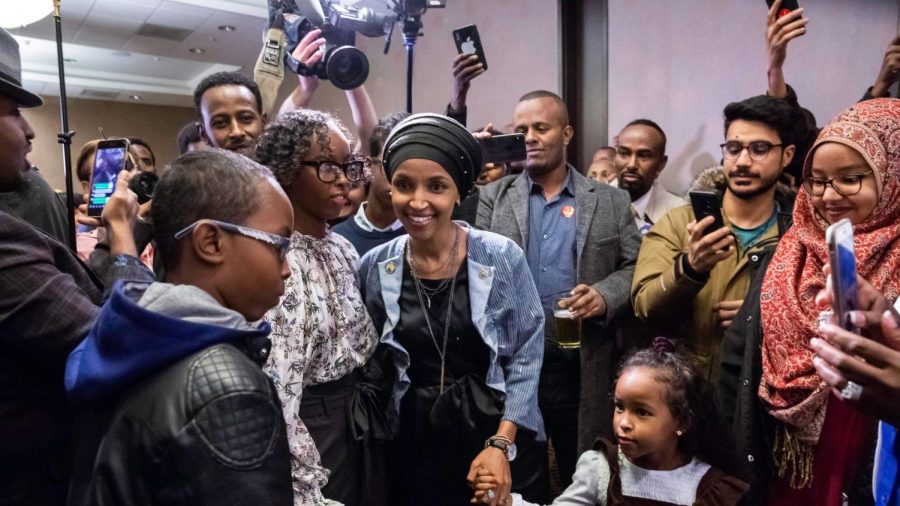


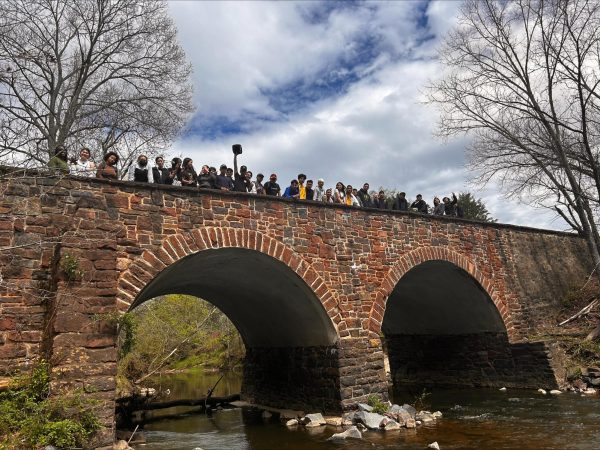


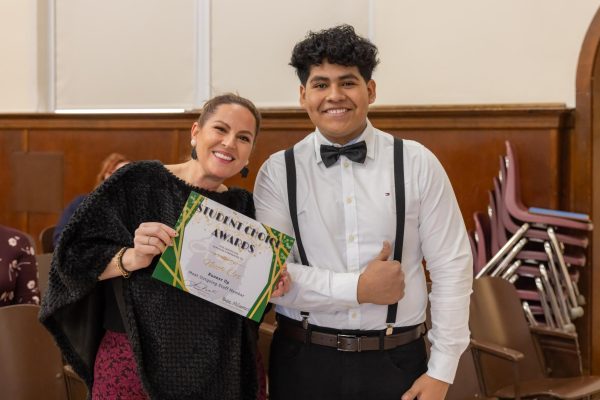
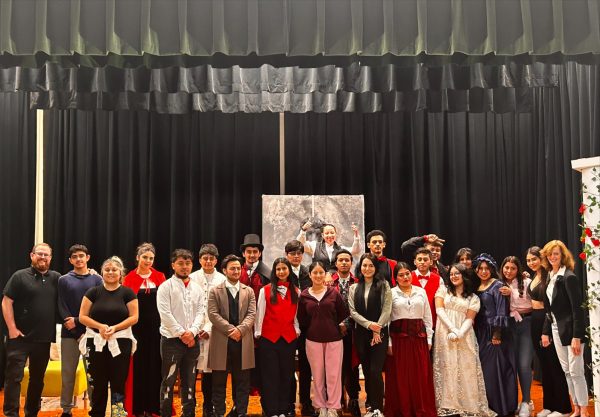

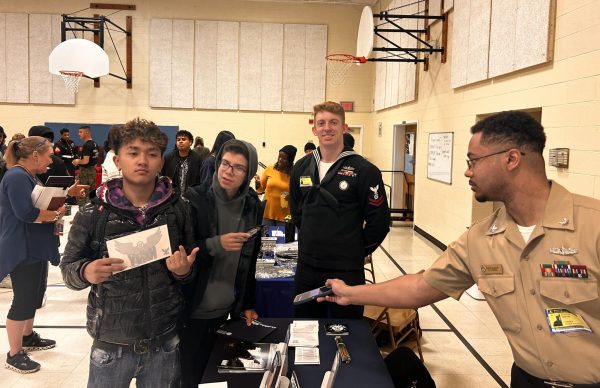



svides • May 28, 2019 at 10:36 am
We are stopping all kind of stereotypes, and it is good to have women on the congress too. Women are not less than a men and they can do a good jon too.